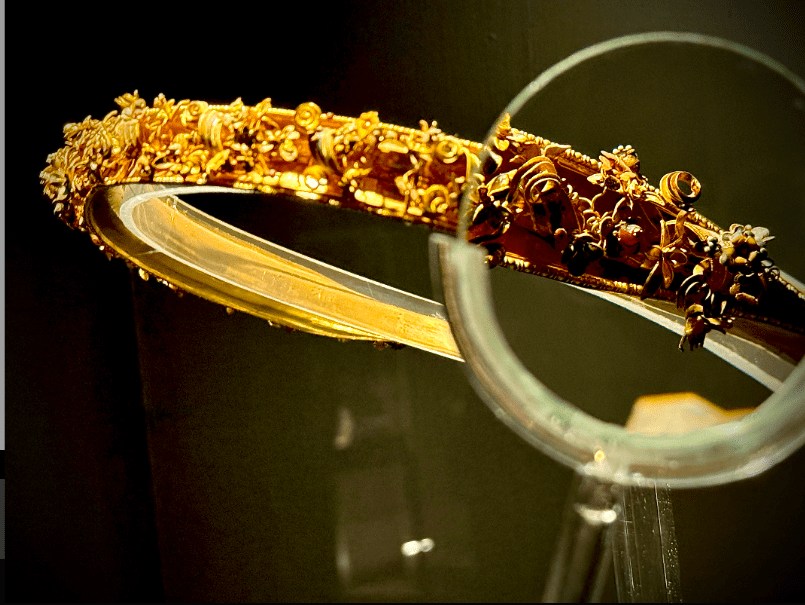
Timothy Taylor Gallery, London
Timothy Taylor Gallery presents an exhibition that brings together the work of four artists who were instrumental in the evolution of post-war European abstraction. The exhibition looks at the different ways these artists invigorated their practice against the backdrop of an increasingly confident US cultural scene. Paris continued to be the nexus of European arts, literature and philosophy after the war, but it was clear that artists had to abandon the illusion that art could change society, and instead develop the notion of the artist as a liberated self-reliant individual. This impulse lead to painterly explorations with raw and unaesthetic materials and techniques, the use of paint as a flowing and vital medium and the use of impulsive and spontaneous lines and gestures.
This exhibition also touches on the question of longevity and how each of these artists sustained the project of abstraction over the period of half a century, breaking new ground again and again, and creating controversial and daring works well into the latter part of their careers. The exhibition explores techniques and materials used by these artists, from the intricate folded canvasses of Simon Hantaï, to the inventive dynamism of Hans Hartung, to the sensuous ‘ultrablack’ paintings of Pierre Soulages, to Antoni Tàpies’ materially complex tellurian landscapes.
Simon Hantaï (born Bia near Budapest 1922, died Paris 2008) was one of the most significant of post-war European artists, yet this is the first time his work has been exhibited in London.
Hans Hartung (born Leipzig 1904, died Antibes 1989) was a German-born émigré who worked in France from the 1930s. He achieved great recognition for his work in post-war Europe, and was awarded the International Prize at the Venice Biennale in 1960.
Pierre Soulages (born Rodez 1919) was inspired by Romanesque art, as well as the deep luxurious blacks of Manet, in the evolution of his mature works in the 1950s, which featured strong geometric and interlocking forms against a lighter background.
The Catalan artist Antoni Tàpies (born Barcelona 1923, died Barcelona 2012) is closely linked with the post-war Art Informel movement – described as possessing the dignity of the tragic, it was a clear reaction to the traumatic events of the Second World War.
- Artists:
Simon HantaïHans HartungPierre SoulagesAntoni Tàpies - Open:
Wednesday, 20 November 2013 - Close:
Saturday, 18 January 2014 - Address:
Timothy Taylor Gallery, 15 Carlos Place, W1K 2EX London - Mail:
mail@timothytaylorgallery.com - Phone:
+44 20 7409 3344 - Web:
Timothy Taylor Gallery - Opening hour:
Mon – Fri, 10am – 6pm | Sat 11am – 5pm - Closing day:
Sun - Photo credits:
1. Hans Hartung: T1976-R39, 1976, Acrylic on canvas 70 7/8 x 98 1/2 in. / 180 x 250 cm. Courtesy of Foundation Bergman Hartung, France and Timothy Taylor Gallery, London; 2.Simon Hantaï: Étude, 1968, Oil on canvas 90 1/2 x 80 in. / 230 x 203 cm. Courtesy of Estate of Simon Hantaï, Paris and Timothy Taylor Gallery, London; 3. Antoni Tàpies: Collage de la fusta, 2001, 25 1/2 x 32 in. / 65 x 81 cm, Mixed media an assemblage on wood, T009019. Courtesy of Fundació Antoni Tàpies, Barcelona/VEGAP, Madrid and Timothy Taylor Gallery, London.





